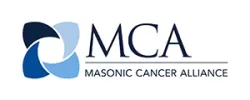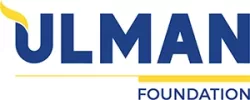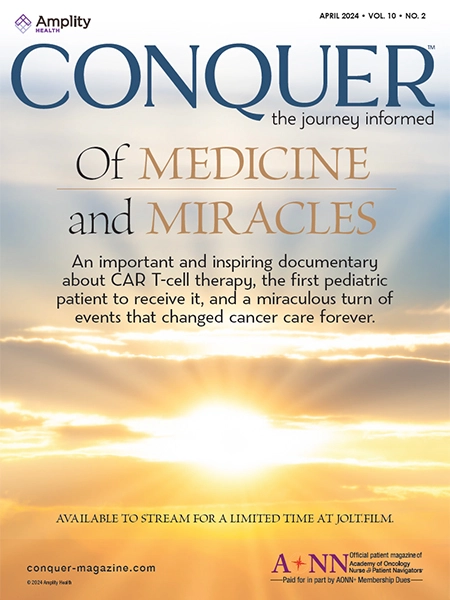AONN+ will have its first Patient Navigator (OPN-CG) certification exam this year, which will help create an objective, third-party verification of these valuable cancer care team members.
Outwardly, there may be silence. Internally, the brain is manic, neurons are firing off, the mind is overloaded and may go blank as it begins the very earliest stages of processing some of life’s scariest news: a cancer diagnosis.
Once the news and awareness of the situation sinks in, the patient will likely ask: “Now what?”
This is where the work begins for a team of healthcare members including the oncologist, nurse navigator, and patient navigator. For the oncologist and the nurse navigator, the work involves clinical steps including helping patients with treatment options, follow-up appointments, understanding medications, etc.
For the patient navigator, they are handling other equally important and often frustrating aspects of cancer care such as navigating medical insurance, explaining the potential financial burdens, and offering patient support and advocacy. The patient navigator’s role is playing a larger part of an overall patient’s care as a more holistic approach is being placed on their needs and concerns. Research is showing a patient’s well-being is important, especially when reducing the stresses associated with cancer care.
Responding to this burgeoning industry, AONN+ is in the process of developing its patient navigator certification (OPN-CG). At the AONN+ West Coast Regional Meeting in May, a beta test will be given and this will help shape the final certification exam that will take place at AONN+’s Annual Conference in November.
 Mandi Pratt-Chapman, MA, (pictured left) who is a member of the AONN+ Leadership Council and AONN+’s Chair of the Oncology Patient Navigator Certification Task Force believes certification will create an objective third-party assurance of basic competencies for those who are in the profession.
Mandi Pratt-Chapman, MA, (pictured left) who is a member of the AONN+ Leadership Council and AONN+’s Chair of the Oncology Patient Navigator Certification Task Force believes certification will create an objective third-party assurance of basic competencies for those who are in the profession.
Pratt-Chapman was recently interviewed about the patient navigator certification and she discussed why the certification is important, how it will help with patient care, and her hopes for the long-term vision for this burgeoning industry.
Why is the development of a patient navigator certification important?
Pratt-Chapman: The field of patient navigation has evolved significantly over the past three decades. What was an experiment in Harlem in New York City in the 1980s is now a requirement for approximately 1,500 Commission on Cancer-accredited cancer centers.
However, the requirement for navigation came before standards were in place for the profession. This certification is important to provide an objective, third-party verification of patient navigators' ability to apply consensus-based core competencies in practice.
How will this certification help patients?
Pratt-Chapman: Patient navigators vary widely in their educational backgrounds, experience, and knowledge of the communities they serve. This certification provides a baseline foundation that all patient navigators should have early in their practice to ensure that the needs of patients are best addressed. The certification helps patient navigators understand what they are uniquely positioned to do for patients and when to triage concerns to colleagues to ensure the best patient care and experience.
What will earning a patient navigator certification help AONN+ members do from a professional standpoint?
Pratt-Chapman: Certified professionals are often preferred to noncertified professionals by both employers and patients. Going forward, I expect that institutions will increasingly prefer to hire certified patient navigators over those without certification to ensure a certain level of knowledge and reduce the institution's level of risk.
Long-term, what do you hope this certification will do for the profession of patient navigators?
Pratt-Chapman: I hope this certification will provide greater confidence to patient navigators who seek to resolve obstacles every day for the patient. Clarifying what a navigator should know and do also helps support sustainability of the profession, since health plans can't pay for something that is not clearly defined. Most importantly, I hope this certification provides greater consistency to patients in terms of what they can expect from their patient navigator.
Finally, I hope that the certification clarifies ways that the patient navigator supports and relies on colleagues in the context of a multidisciplinary team to ensure that patient navigators, nurse navigators, social workers, and nurses can collectively address patient concerns based on their specific training and unique roles.
For those of you interested in possibly participating in the certification beta exam and Code of Ethics Workshop at the East Coast Regional Meeting, you can sign up here. To learn more about AONN+’s Navigation Certification tests, you can go here.













